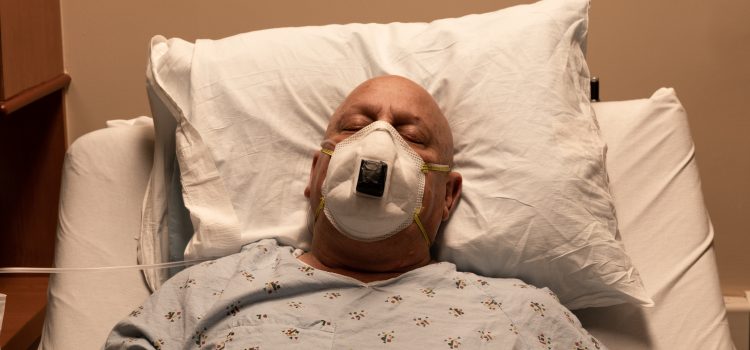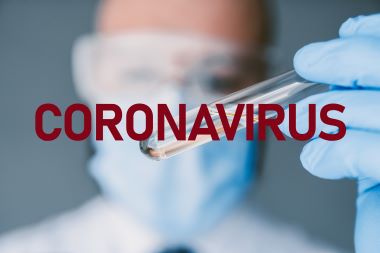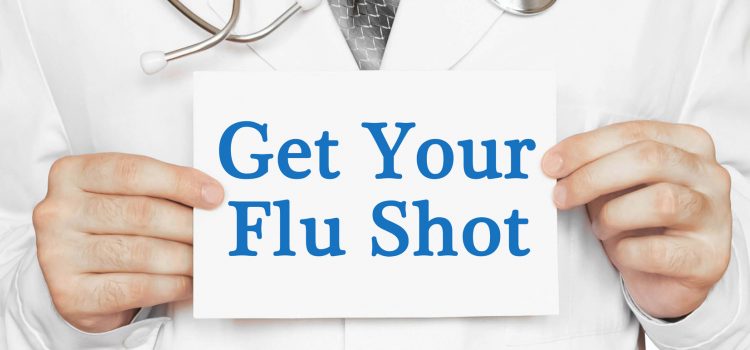Urgent message: Care can be delayed if an urgent care or emergency clinician attempts to interrogate the CIED of a patient who does not know their device manufacturer and does not carry their ID card. This scenario illustrates the importance of patient education in care centers, such as the emergency department and urgent care. Tinh M. Le; James F. Neuenschwander, MD, FACEP; Mary Jones, DNP; Ankur Parekh; Hana Le; Kaitlyn Cedoz; and Clark Daugherty ABSTRACT …
Read More









